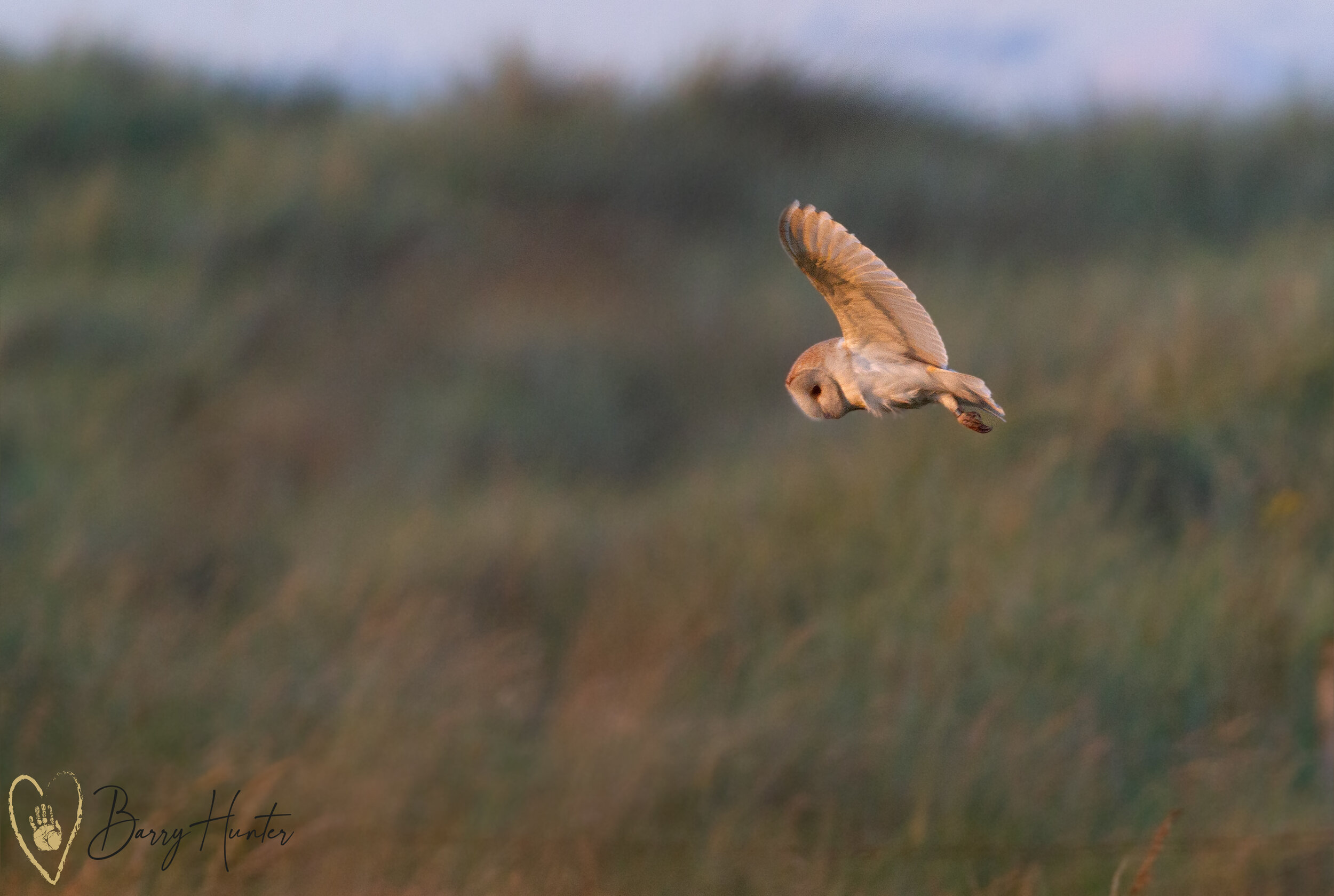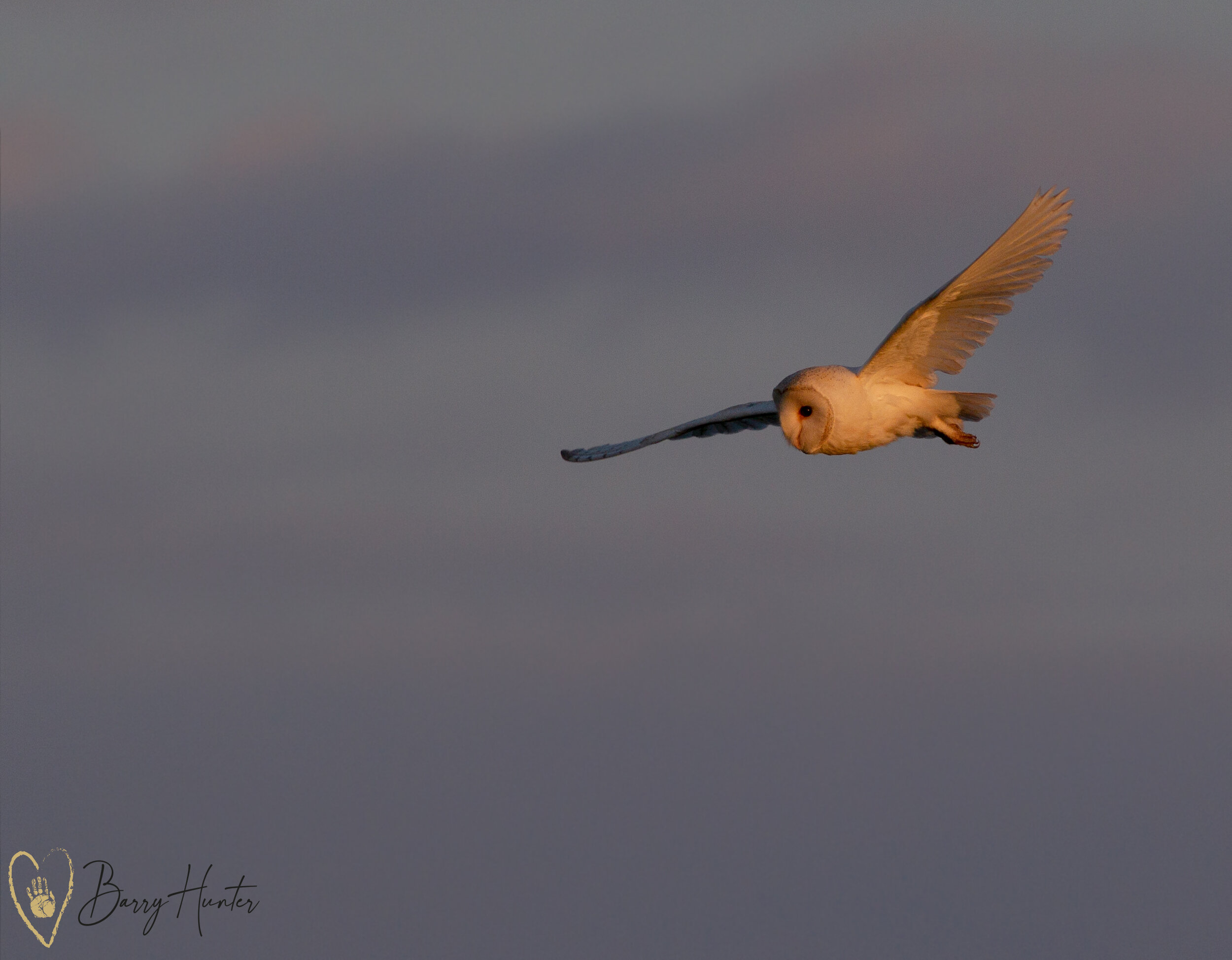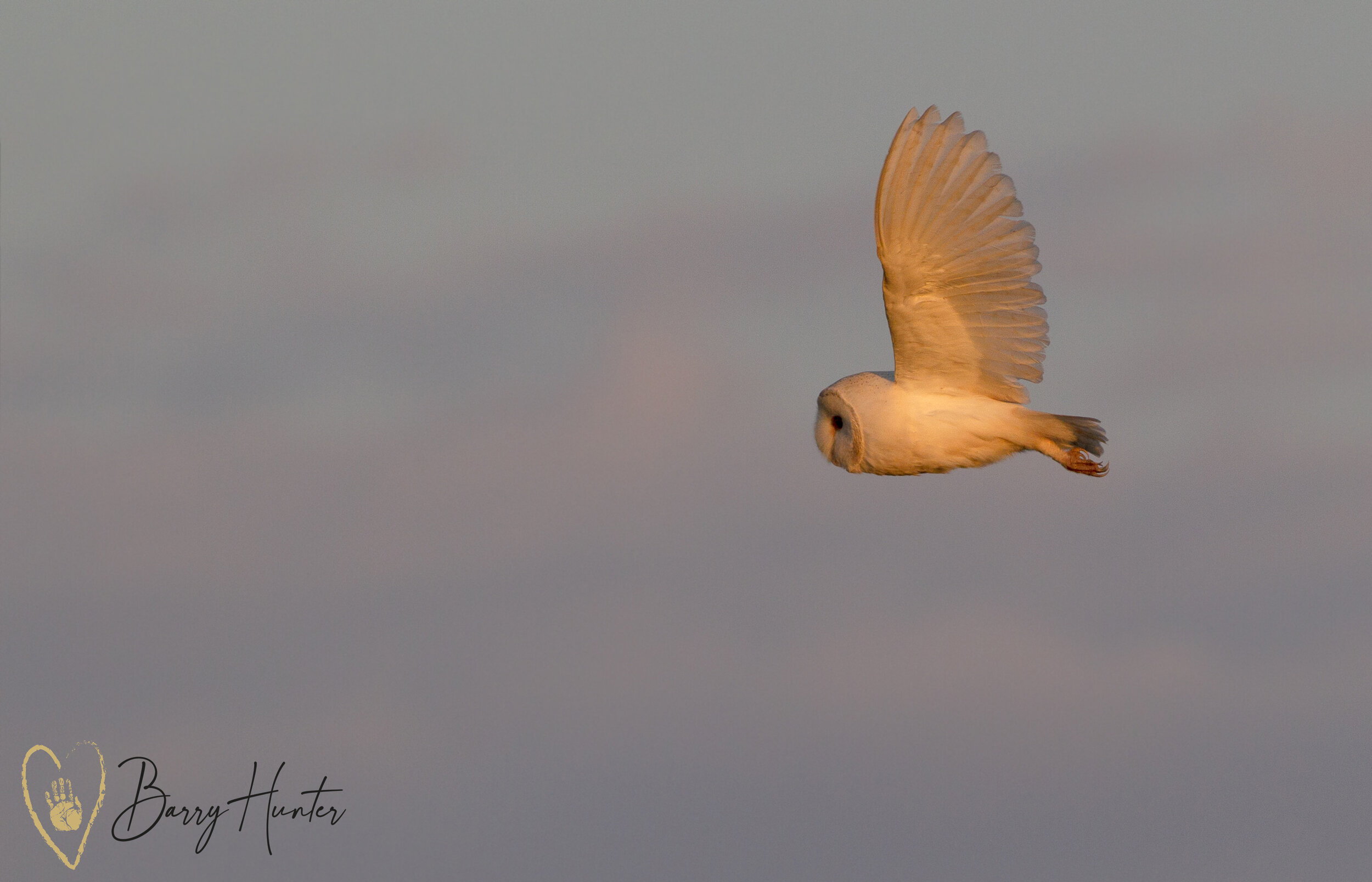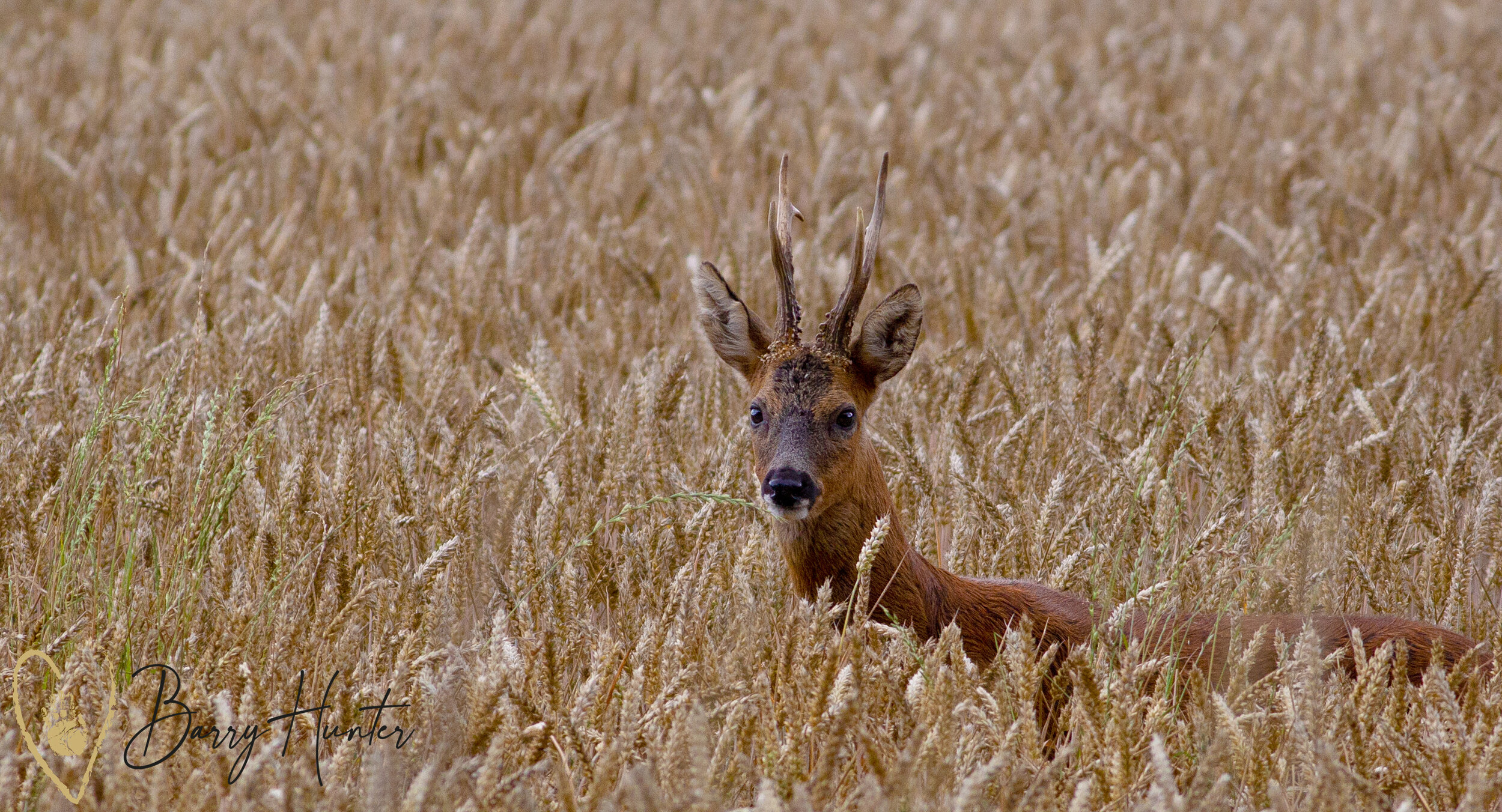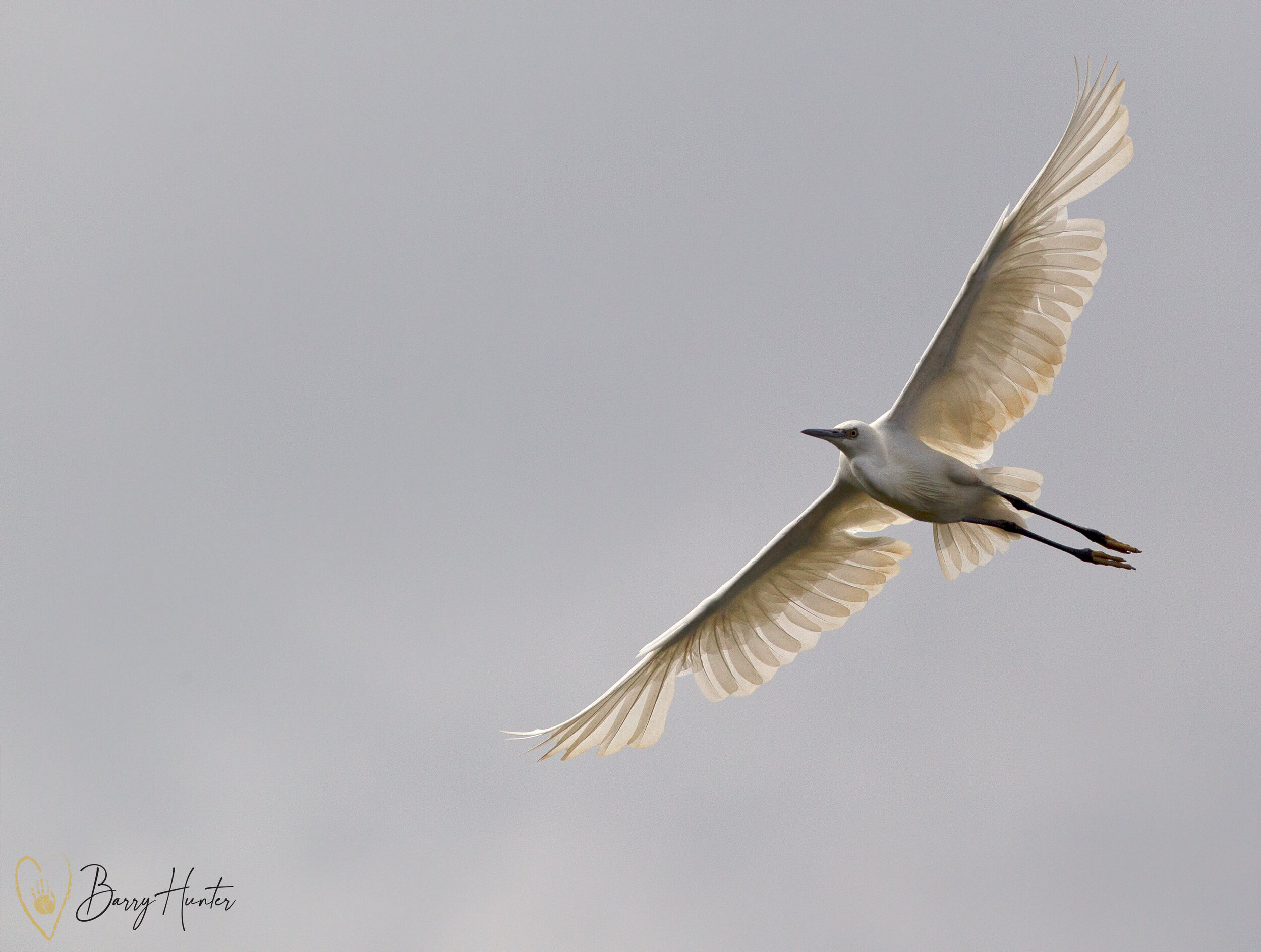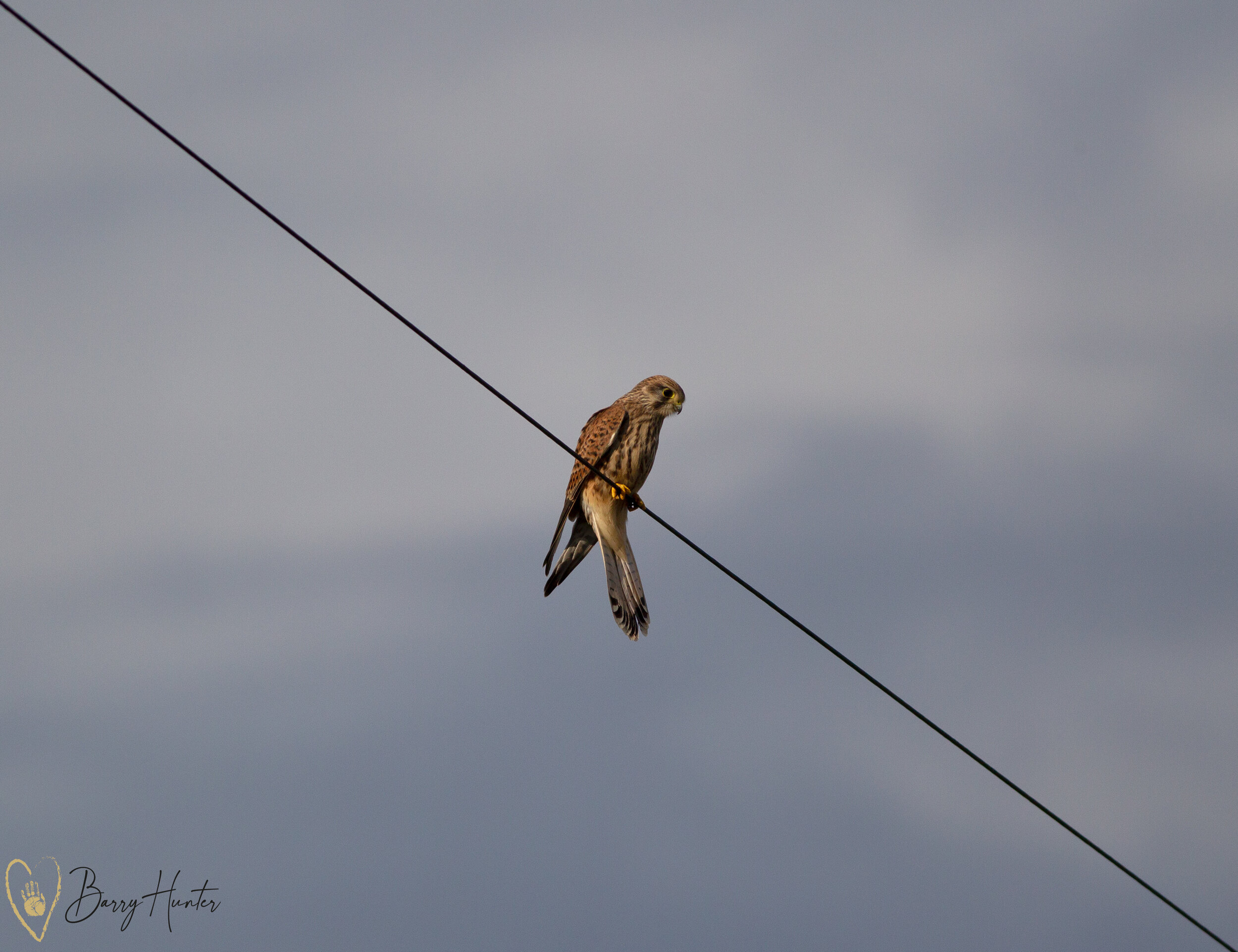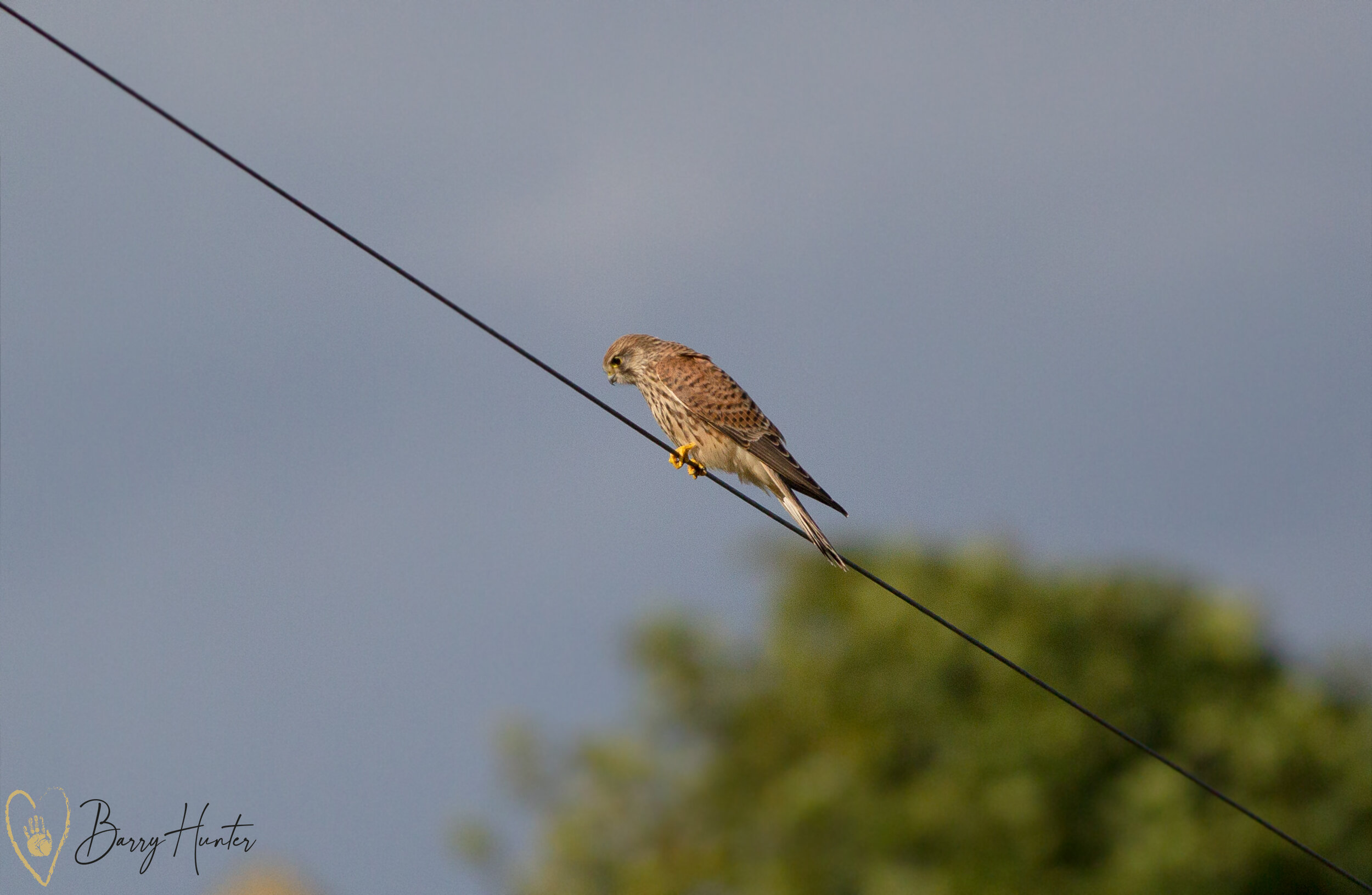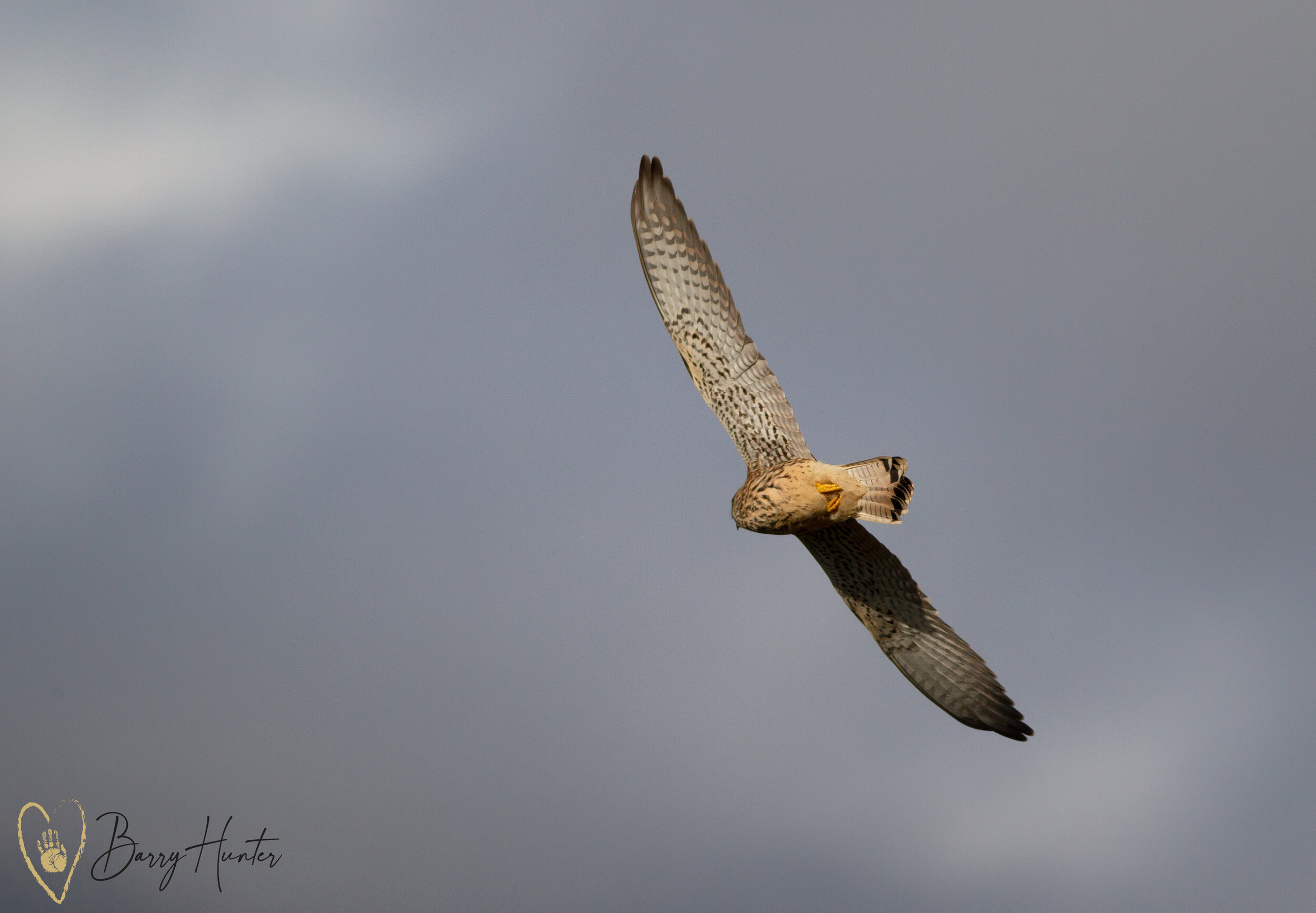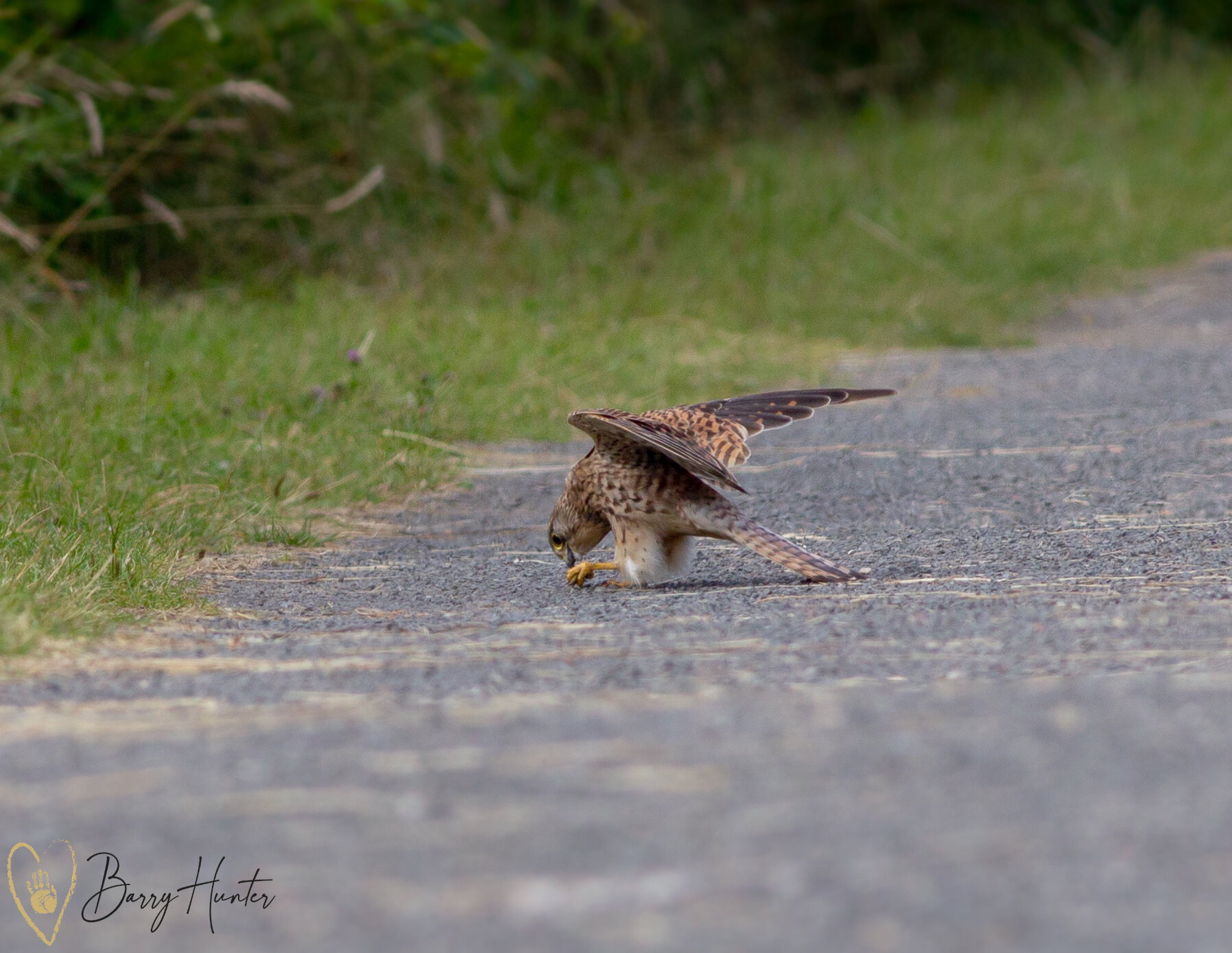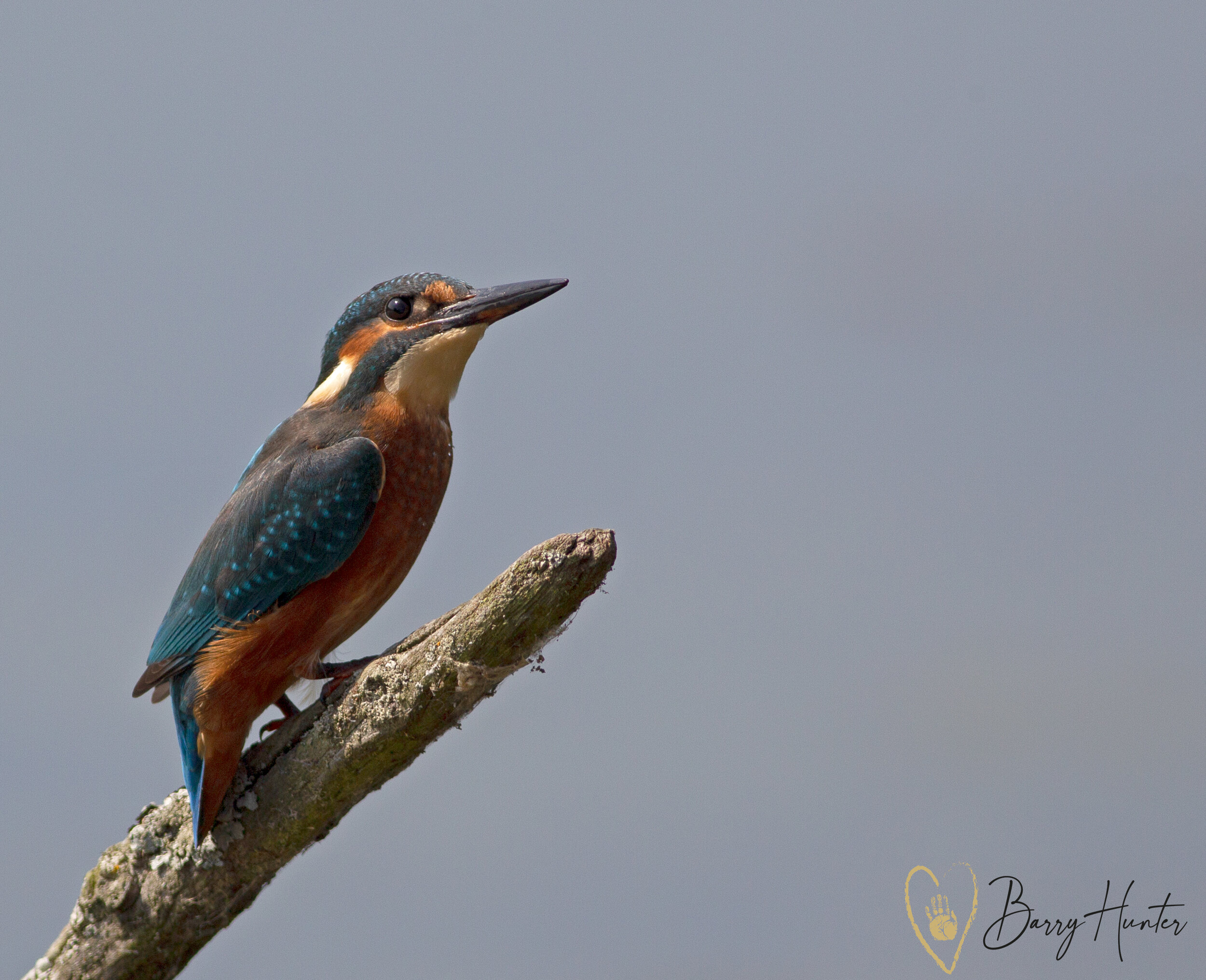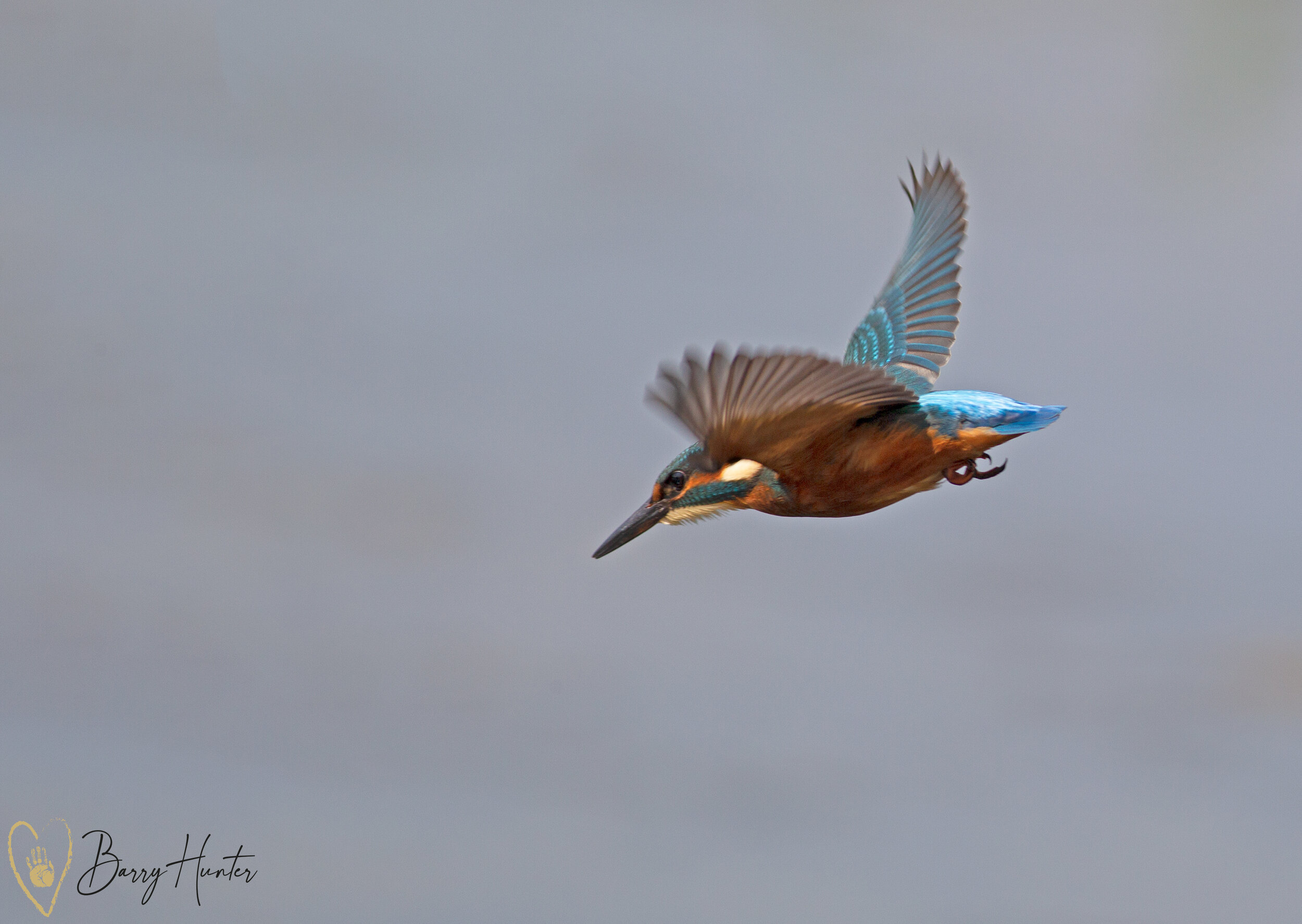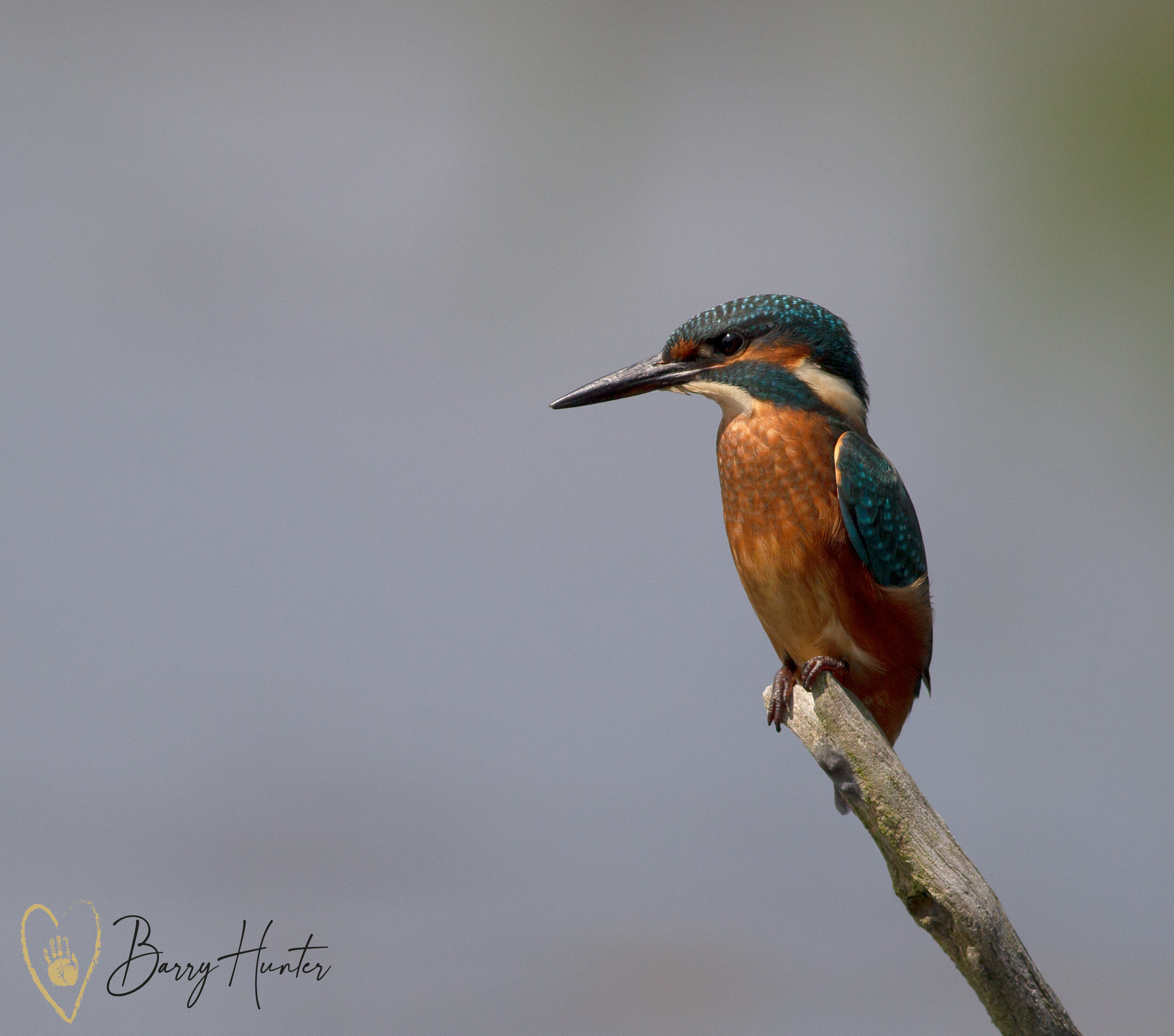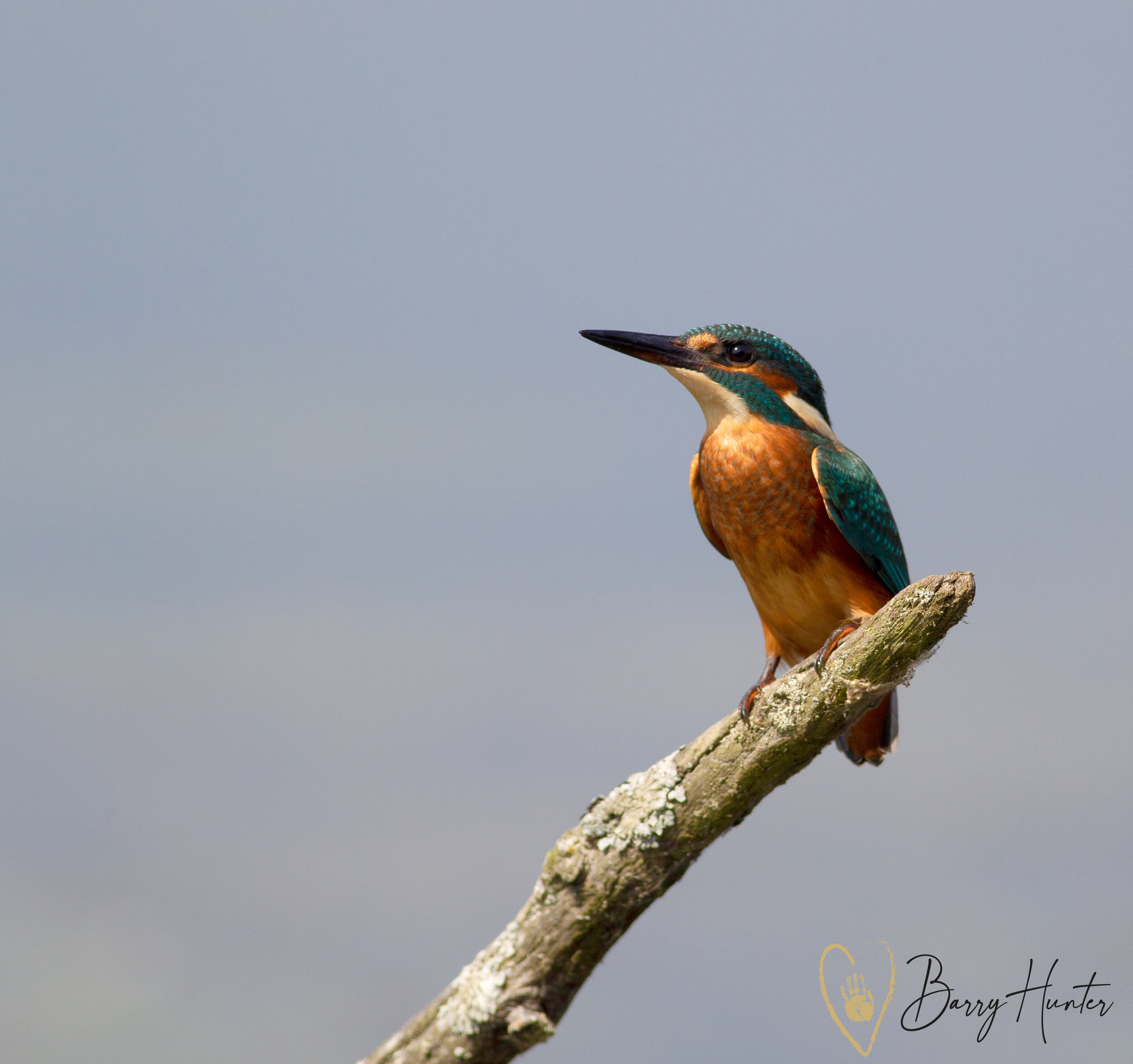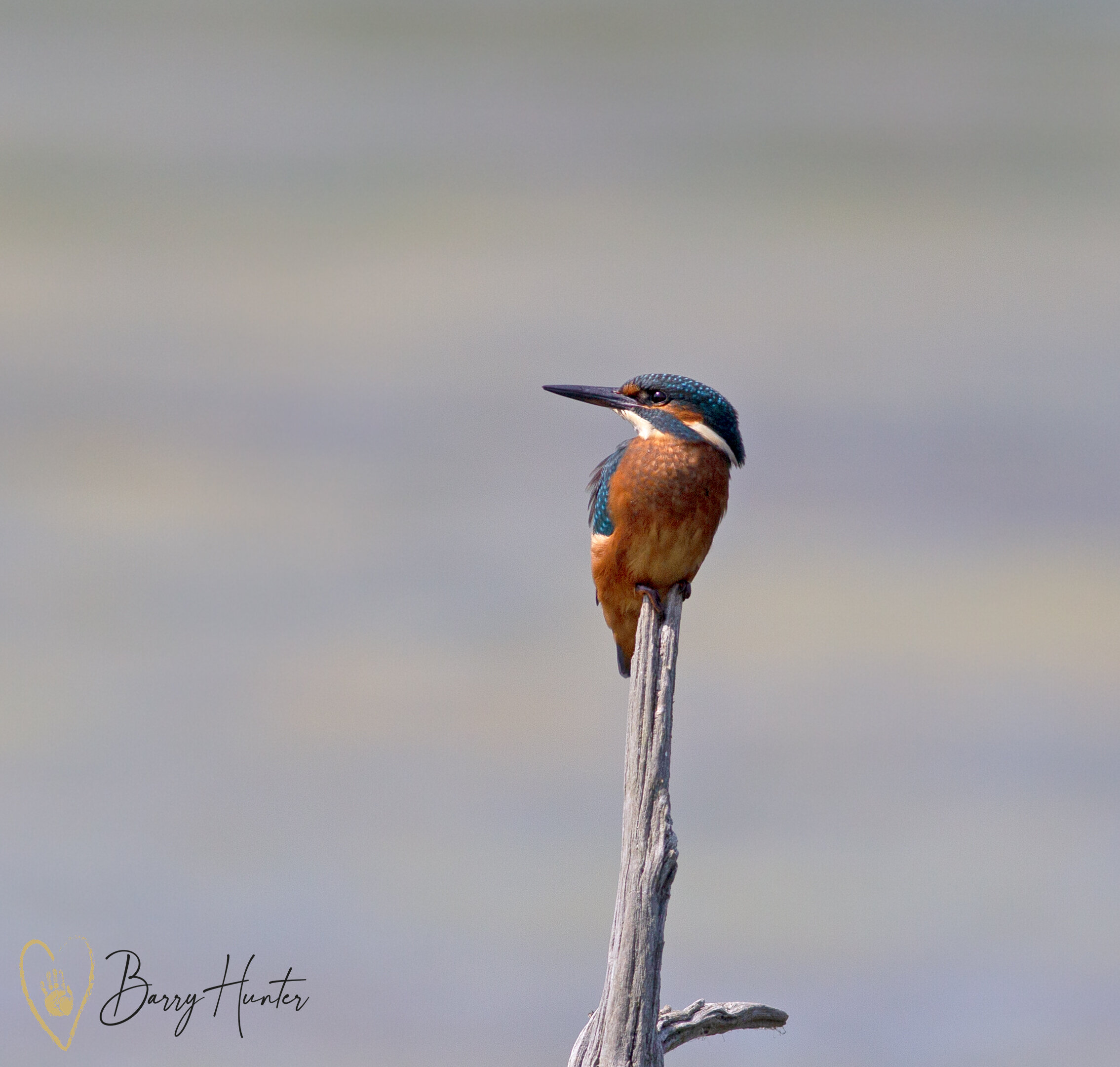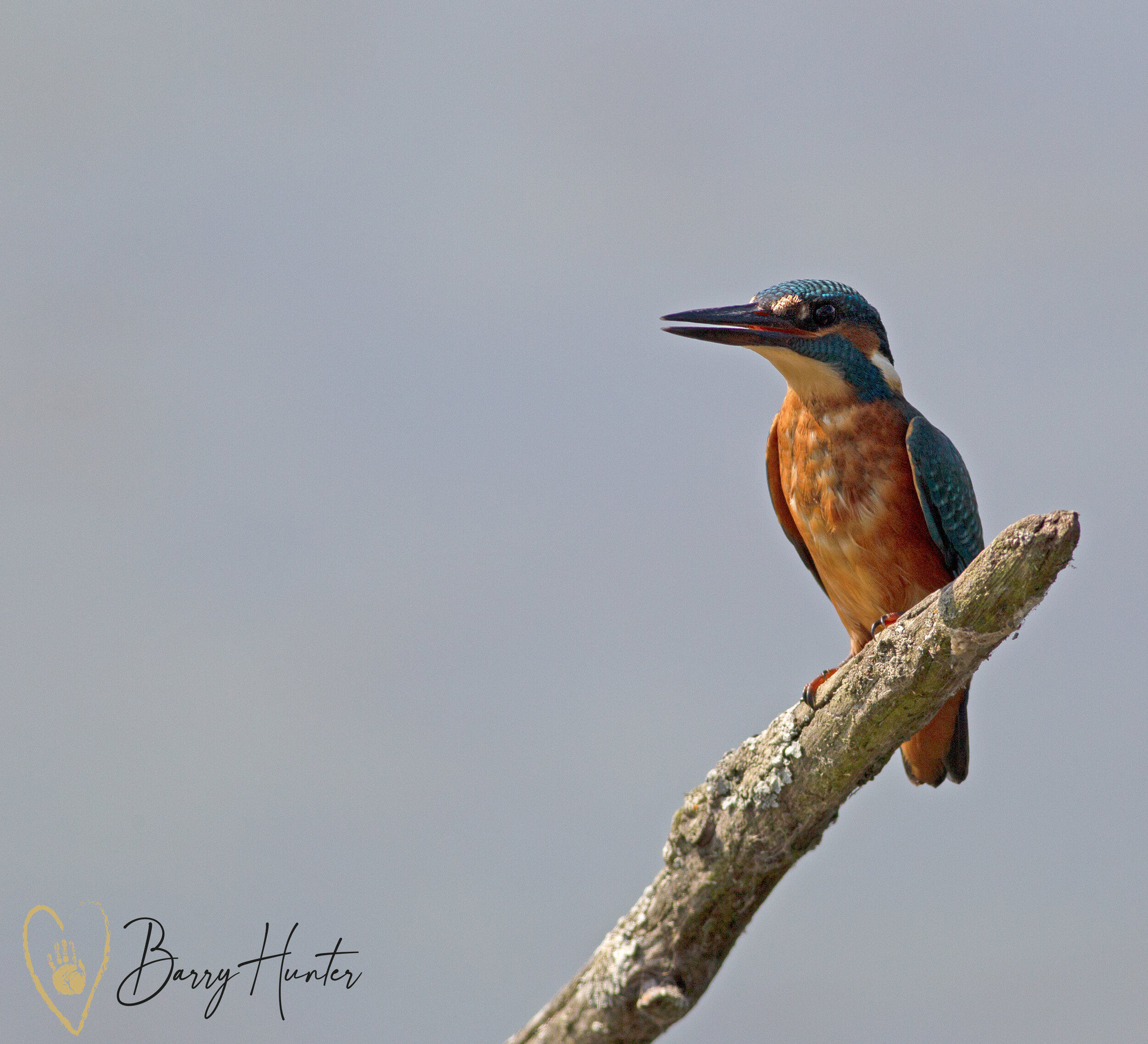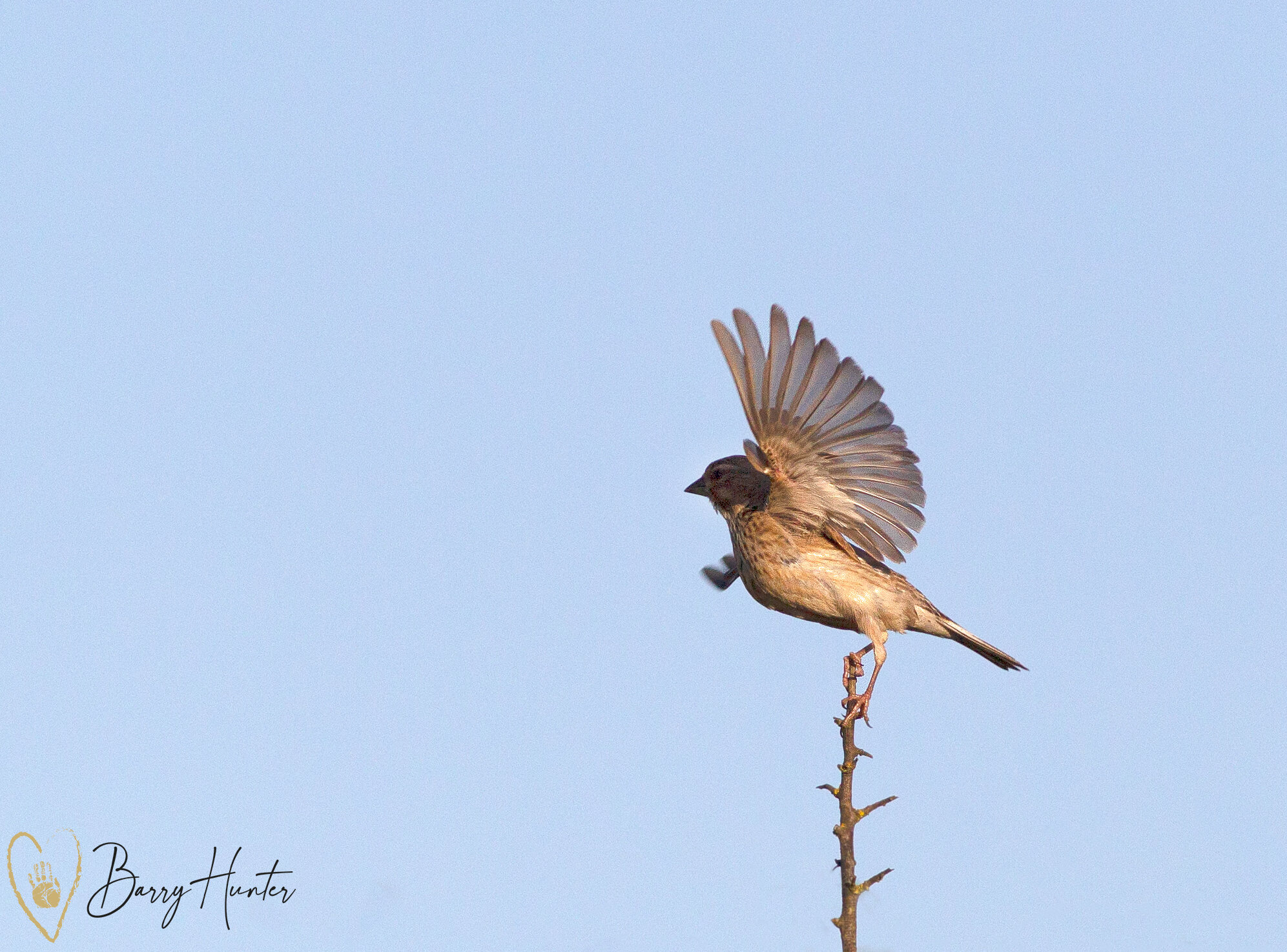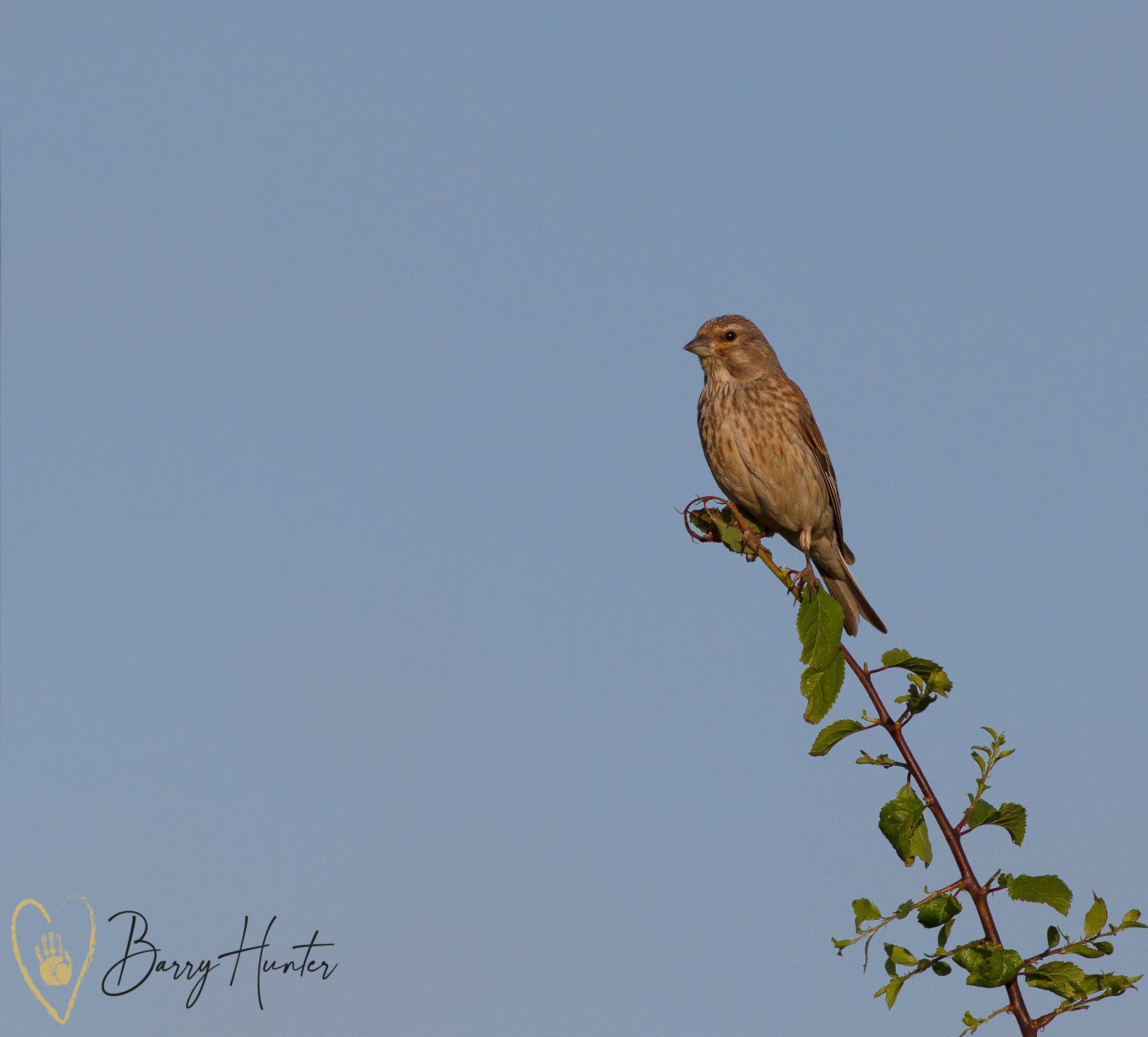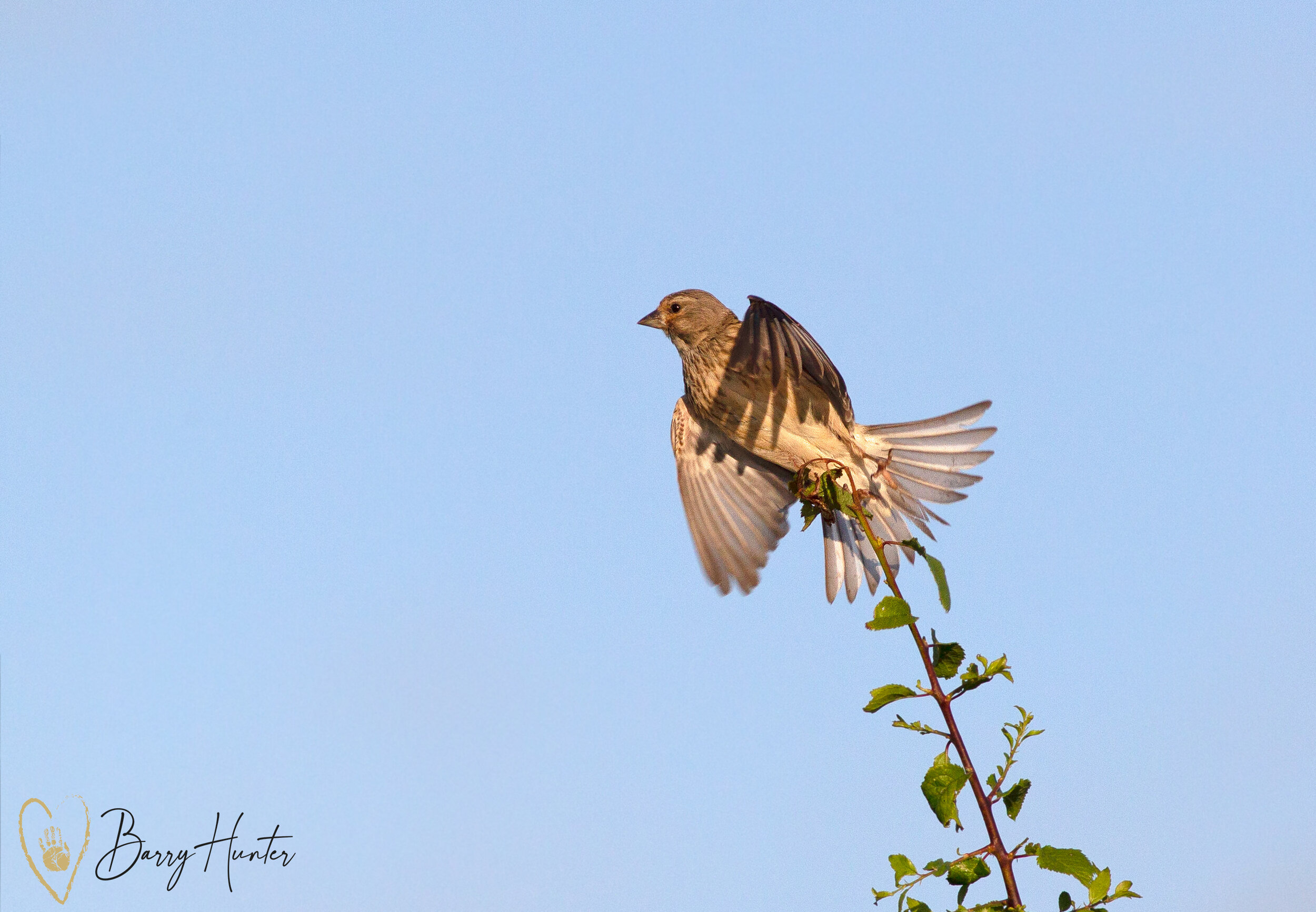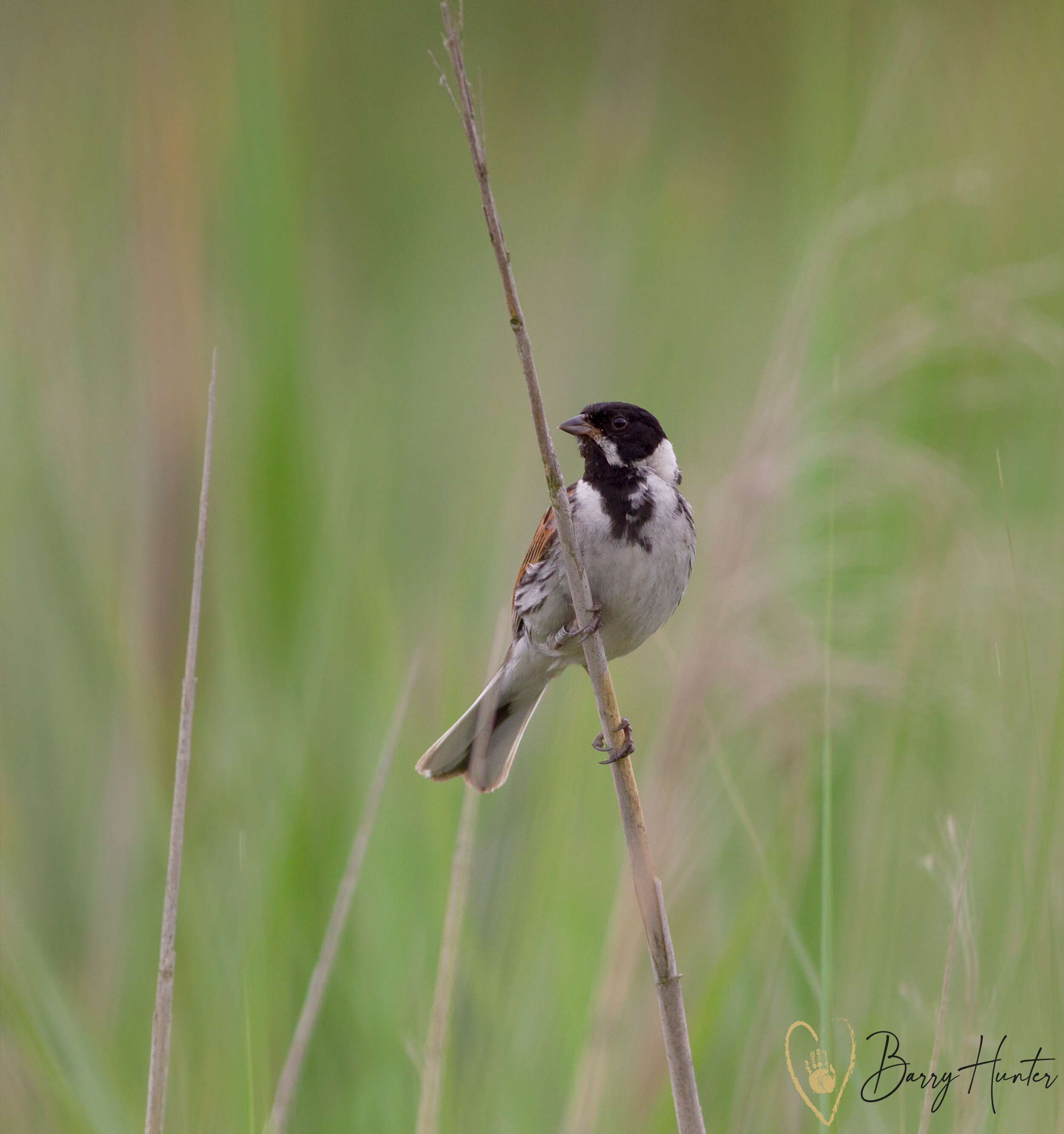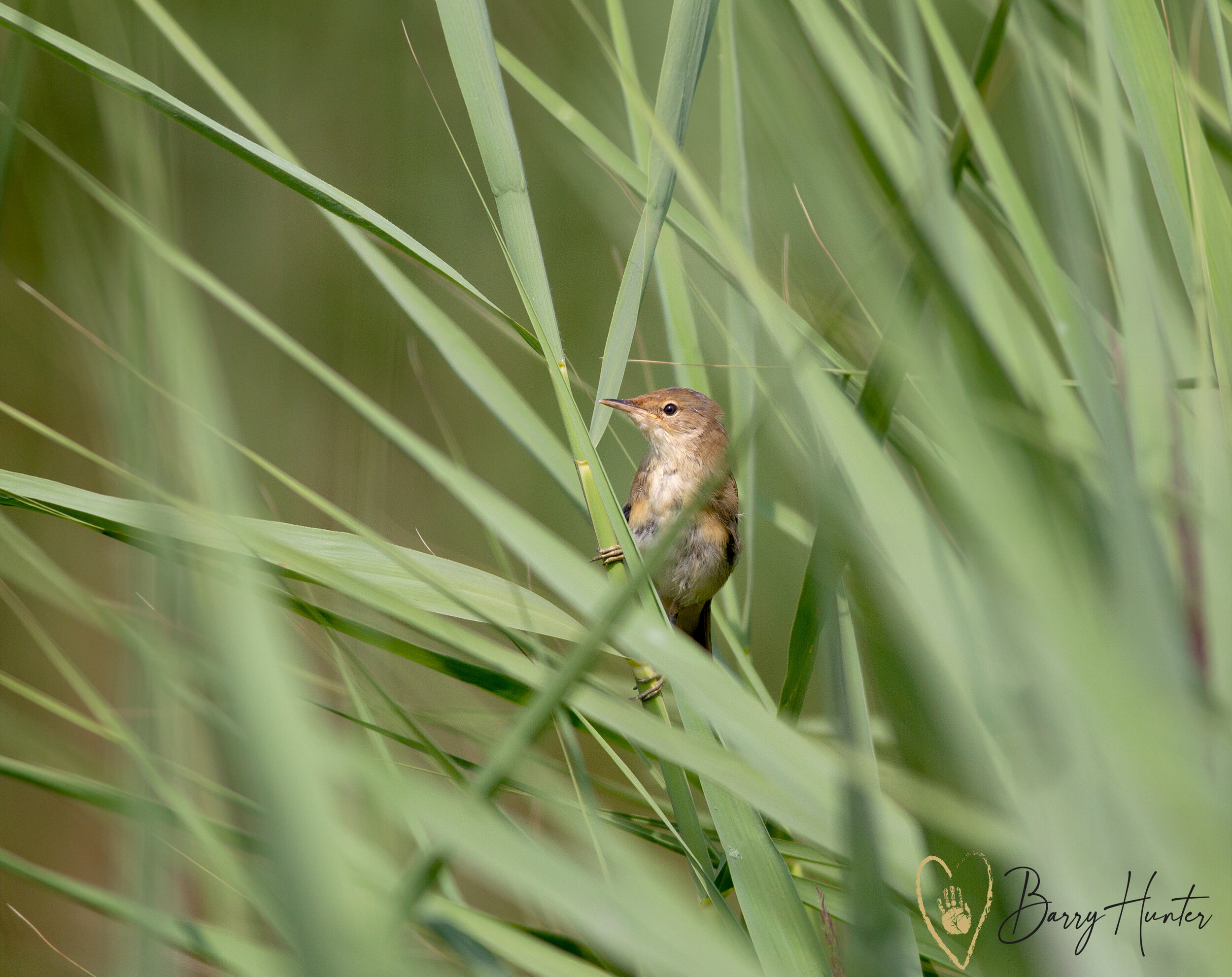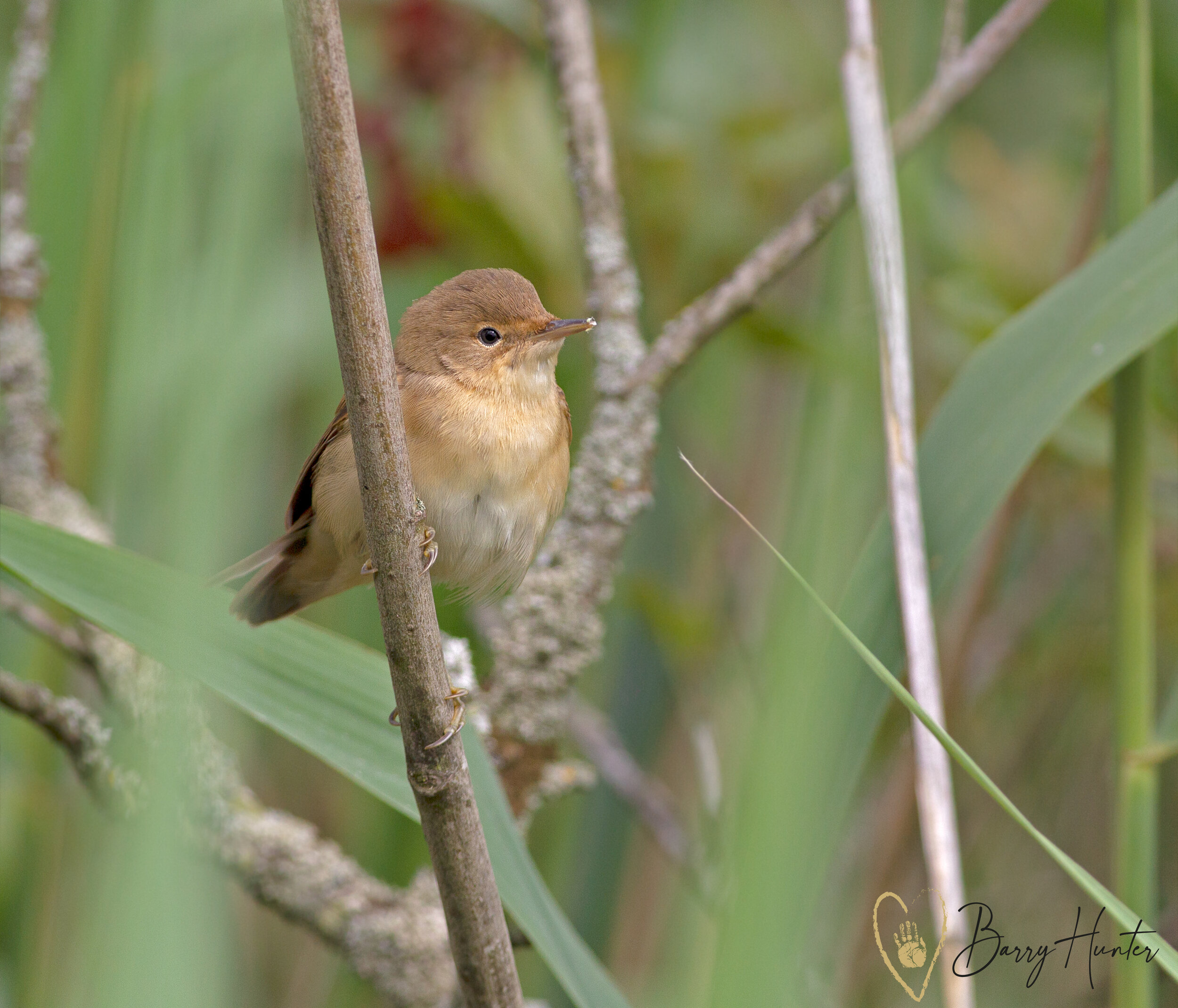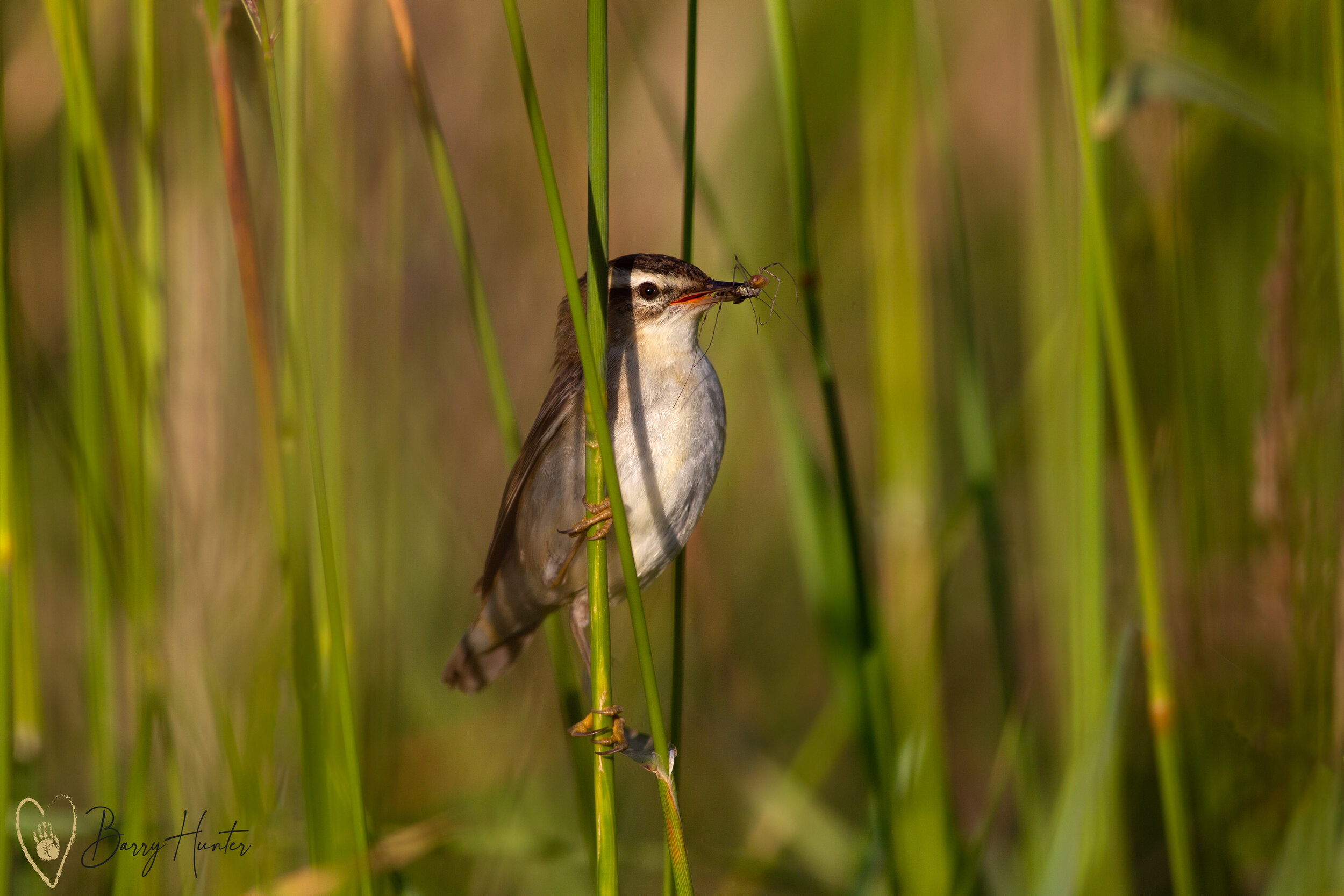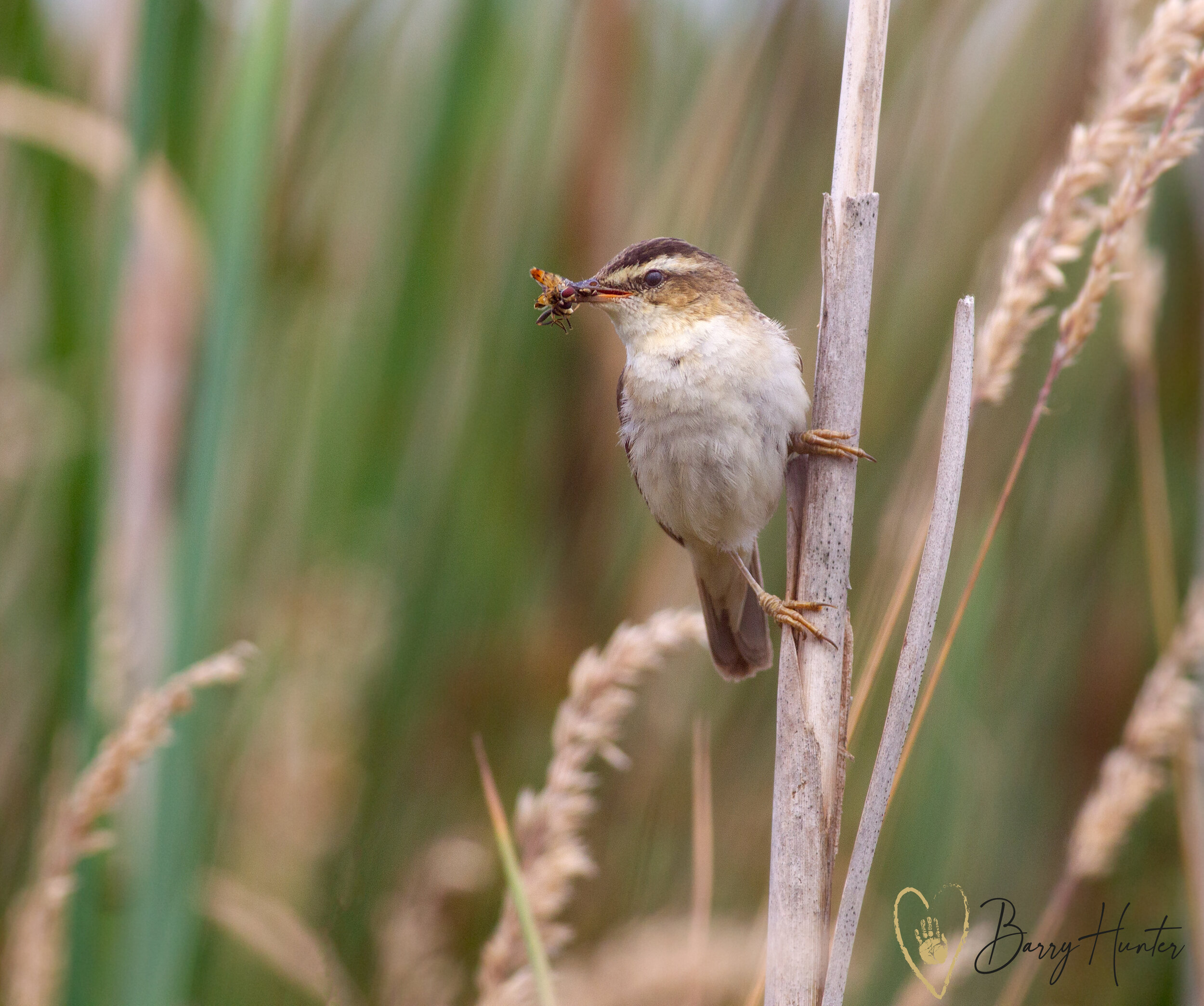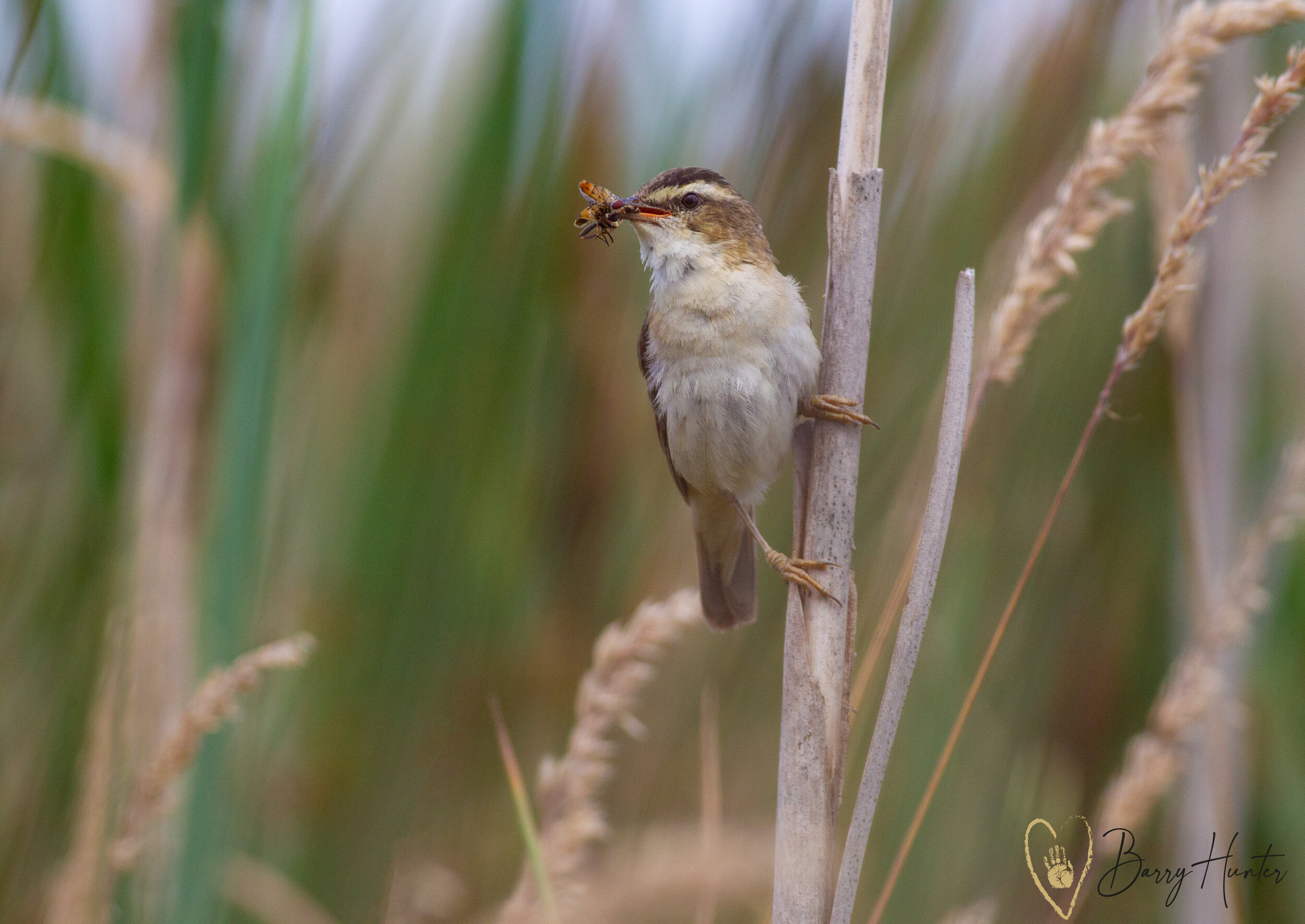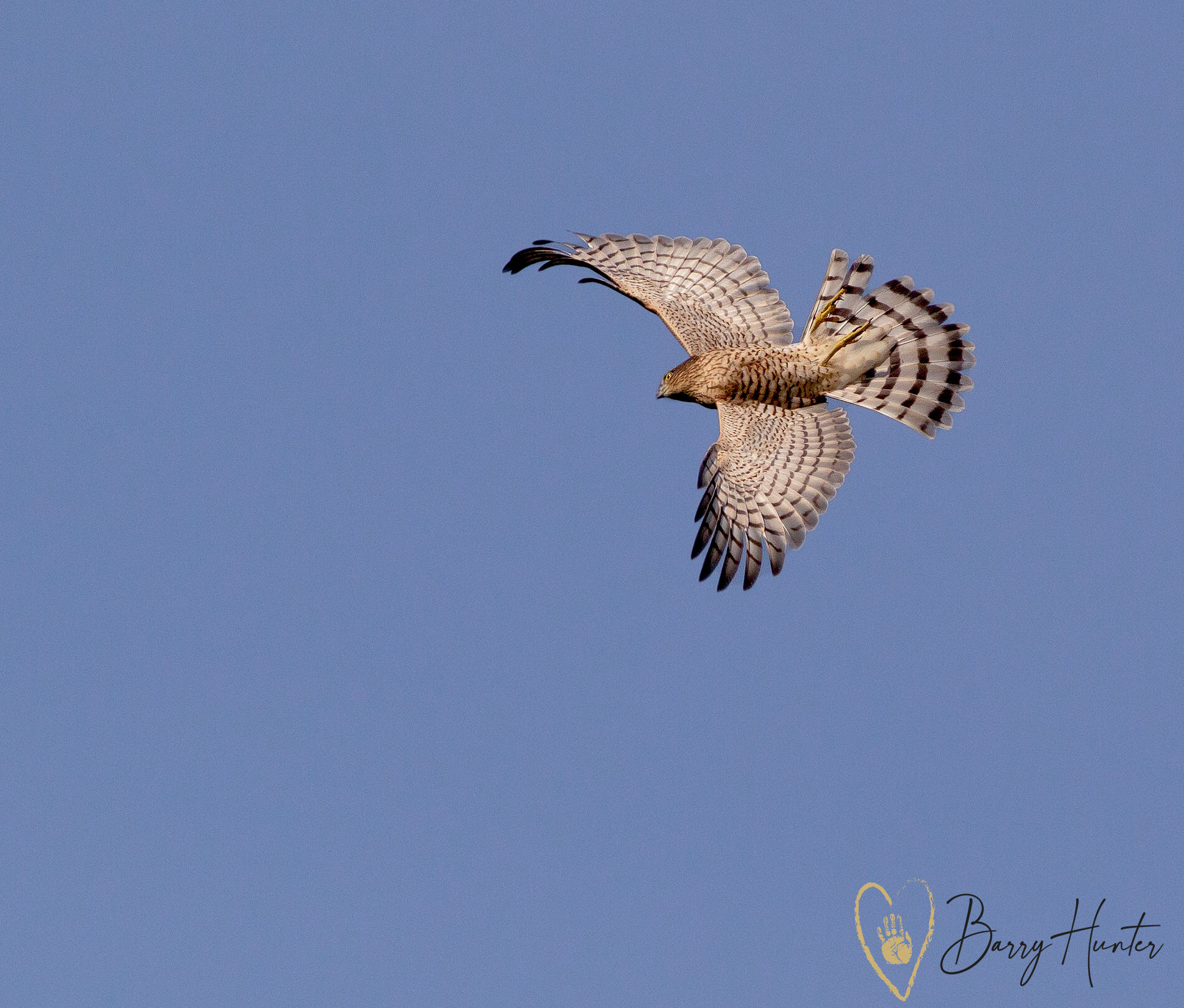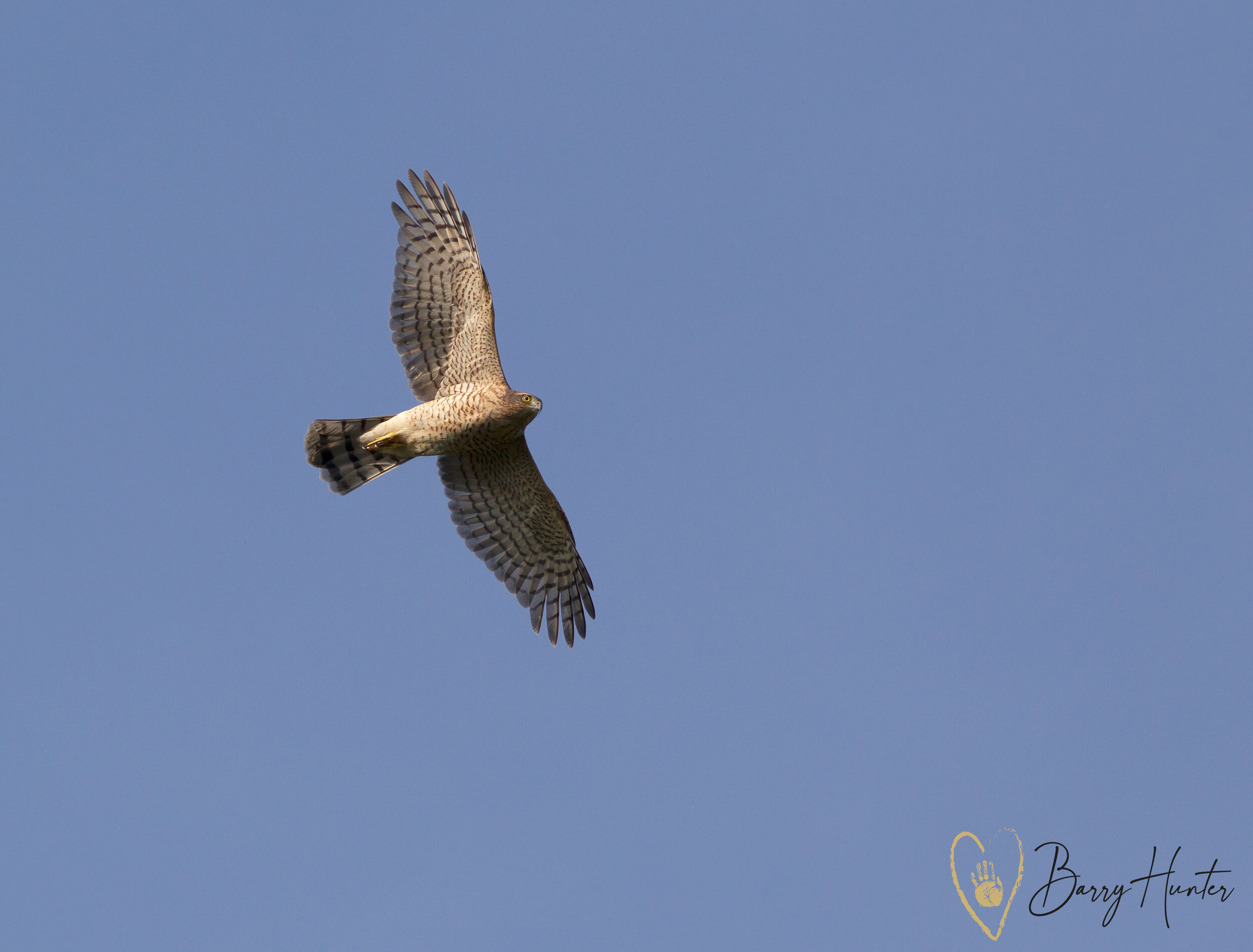Today I decided to take a walk along the coast at one of my favourite places as there were some nice blue skies and a gentle breeze to help keep me cool.
The lighthouse and adjacent keepers' cottages were built in 1898 by a local company from Tynemouth and It was built on the site of an 11th-century monastic chapel. The monks at the chapel maintained the original lantern. The light house has had several upgrades and changes and was decommissioned in 1984 and a few years later it was opened as a visitor centre and remains open to the public to this day.
The site has two car parks which are both pay and display but they give you access to the island and surrounding beaches. There is also a small nature reserve between both of these car parks. The site has been a Conservation area since 1974 and a local nature reserve since 1992
The reserve is popular for waders and sea birds such as Curlew, Dunlin, Knot, Oystercatcher, Purple Sandpiper, Redshank, Golden and Ringed Plover and Sandering and also Rock and Water Pipits, Skylark, Lapland and Snow Bunting, Shore Lark, Reed bunting and white throat.
I spent a couple of hours walking around the grasslands and reserve chatting to people as I went. I managed to take a couple of photos before a thick fog rolled in. My favourite shot was the male reed bunting chirping away in the sunshine. See below.






























